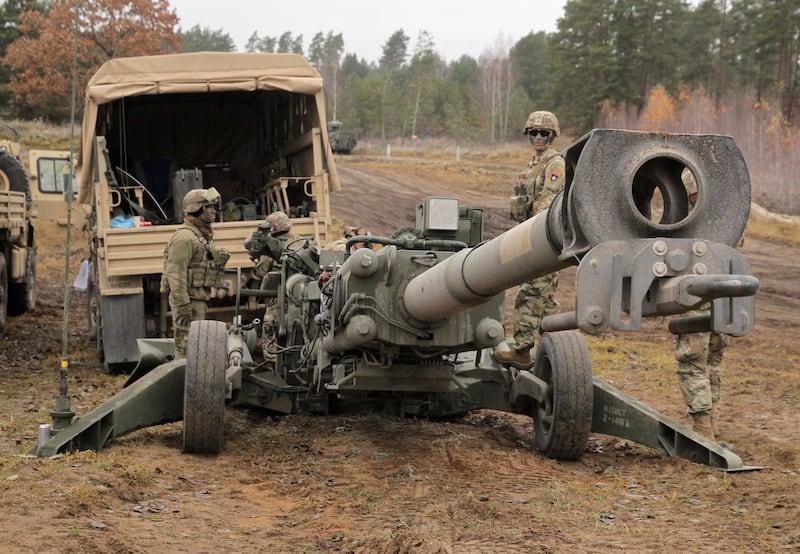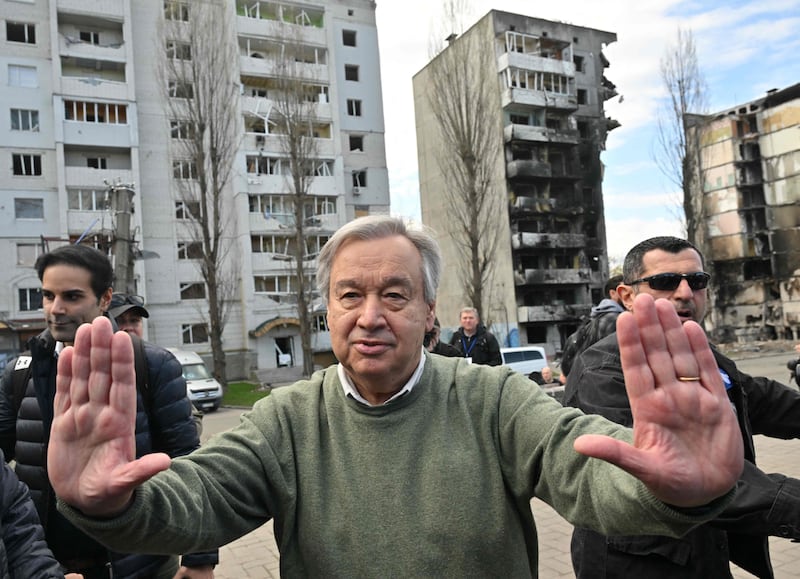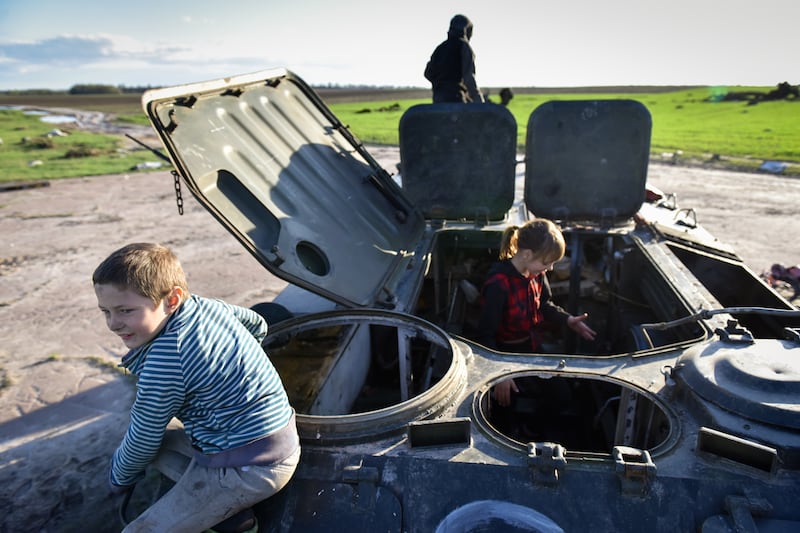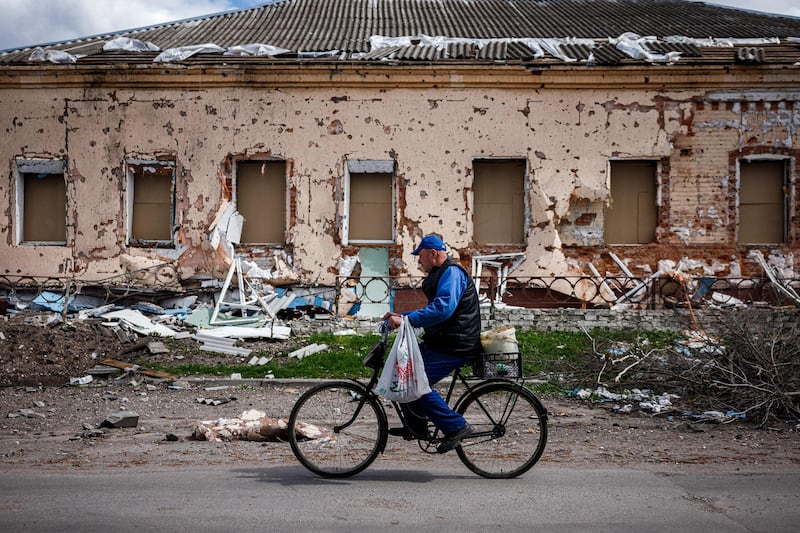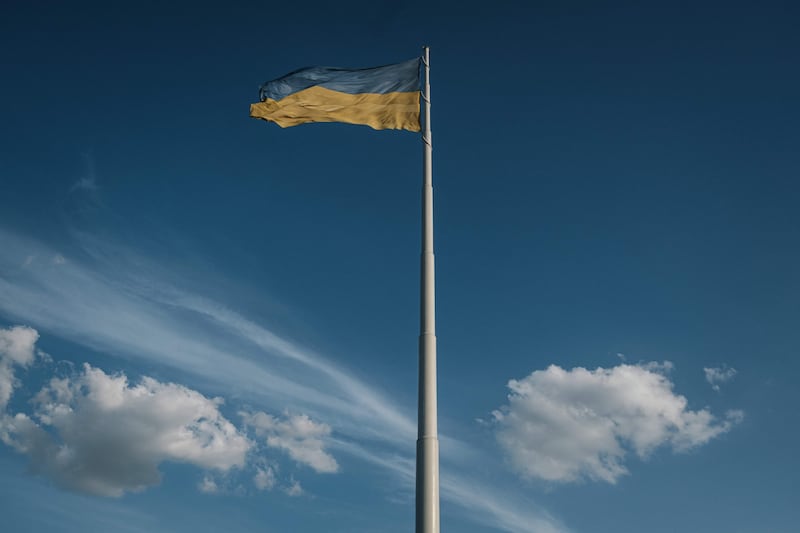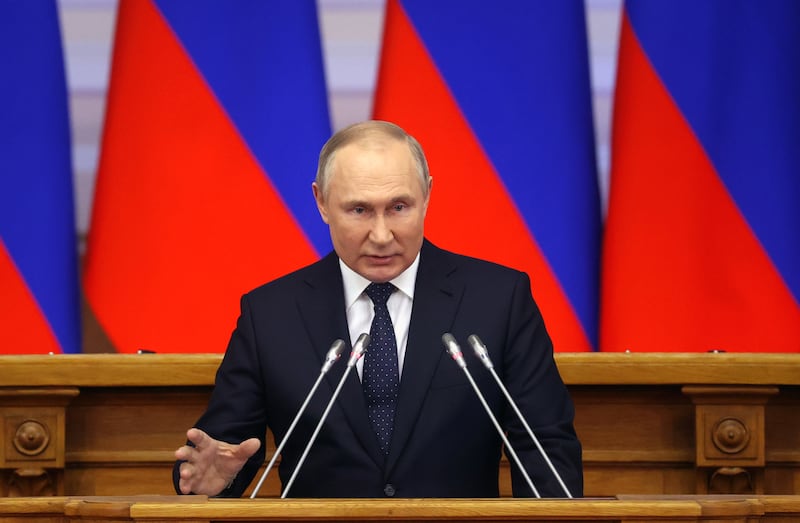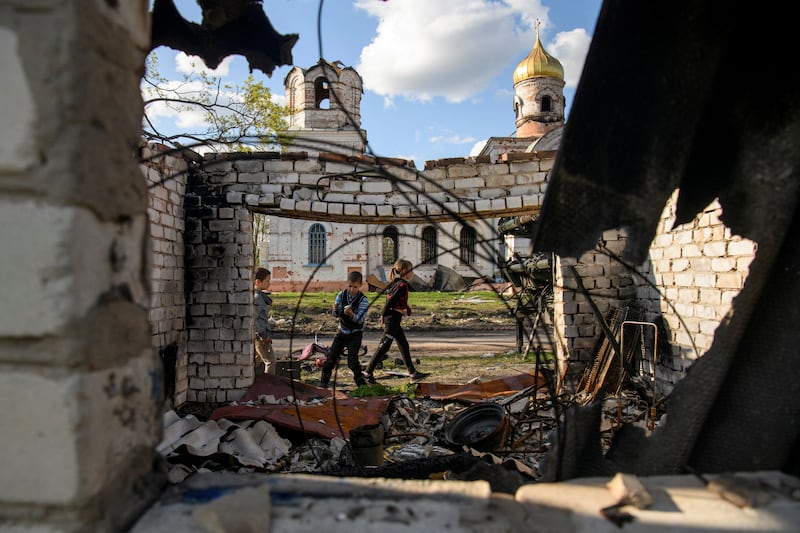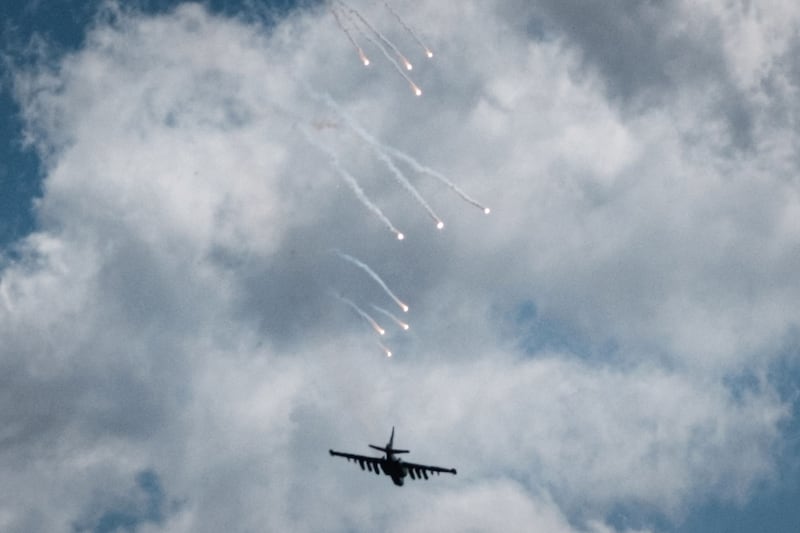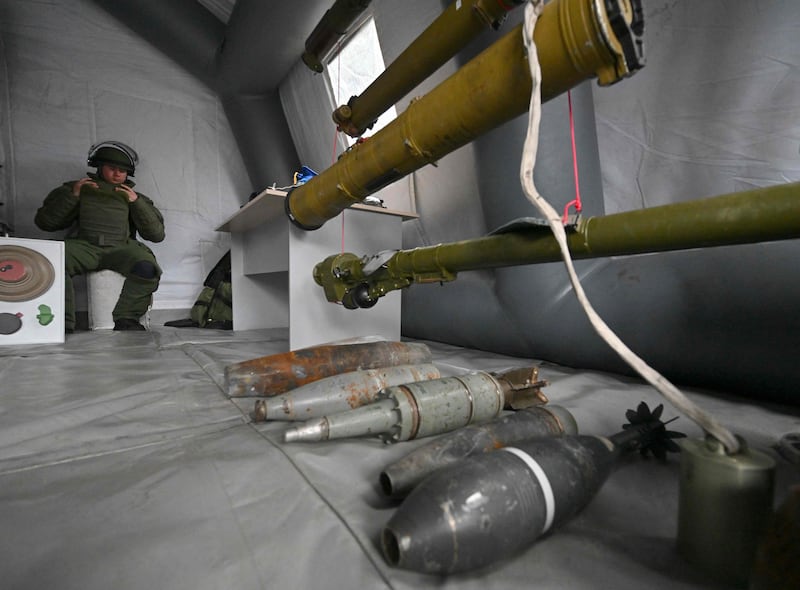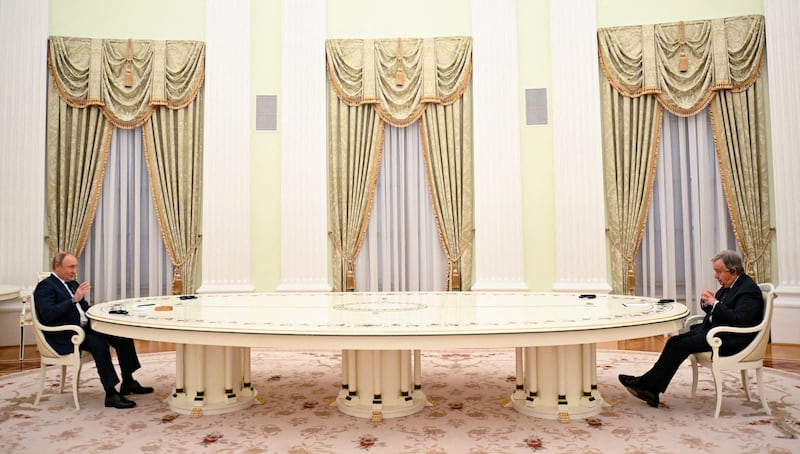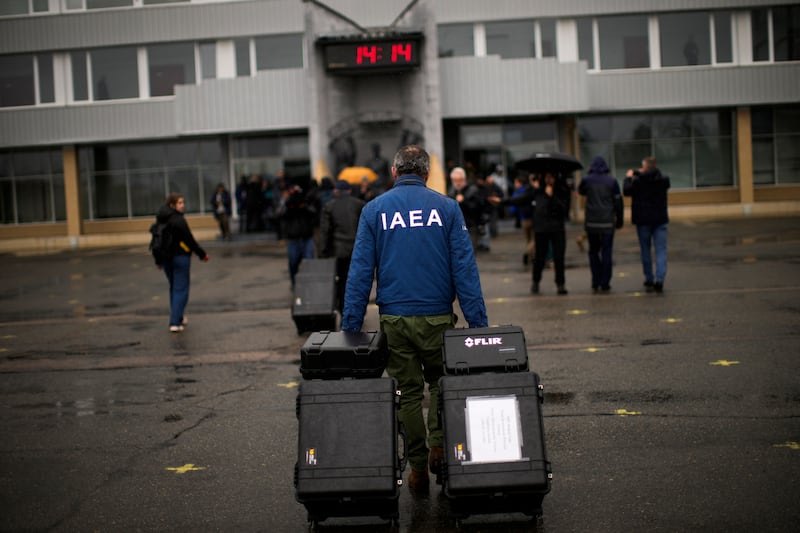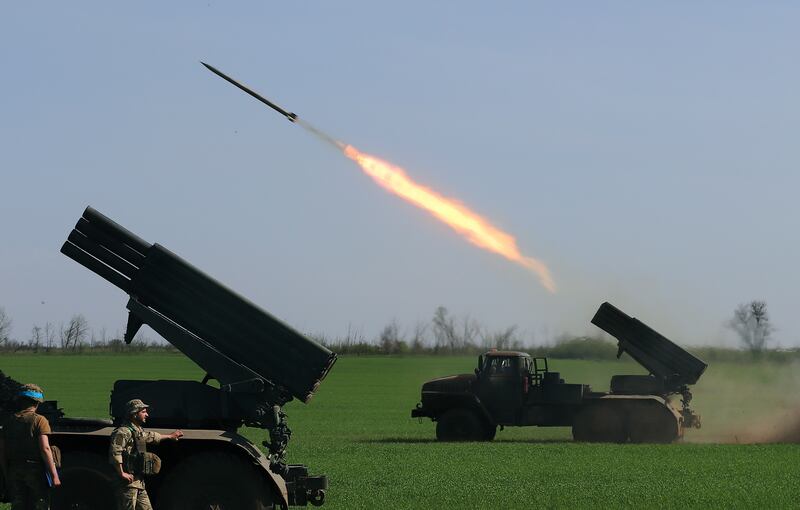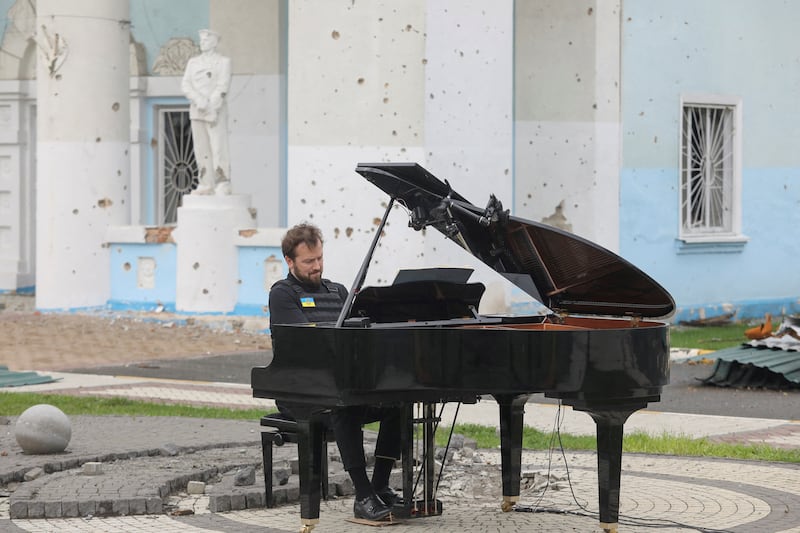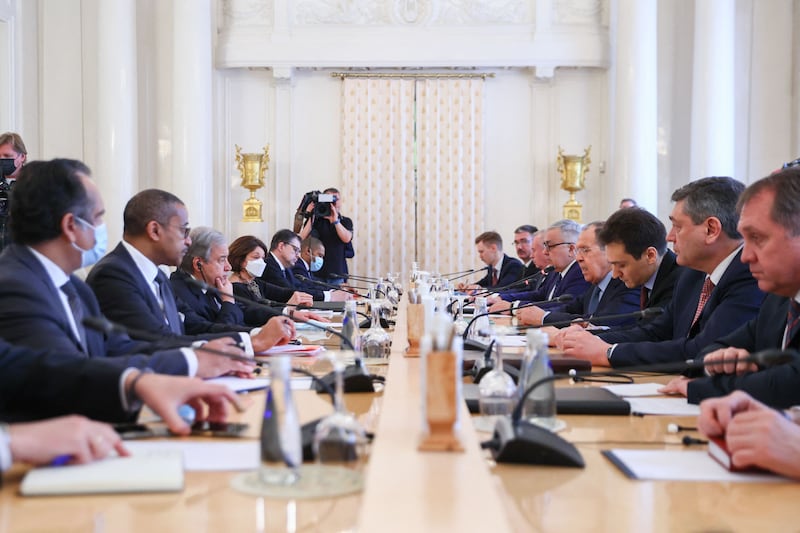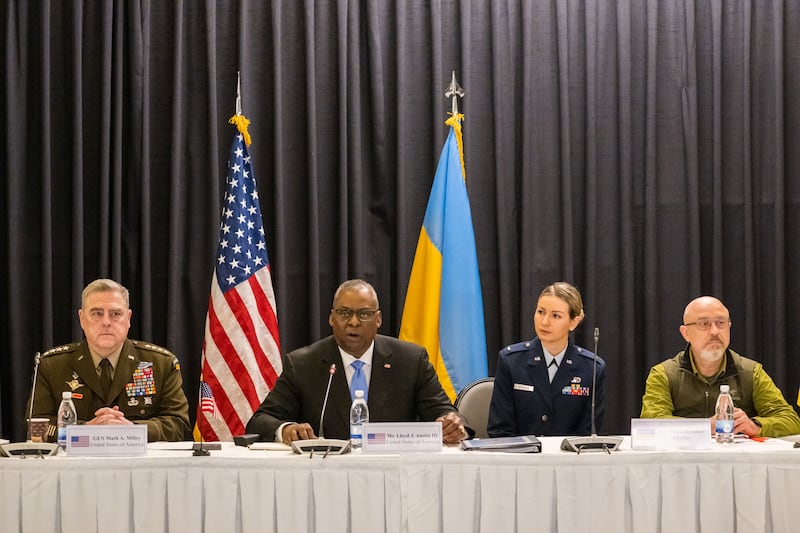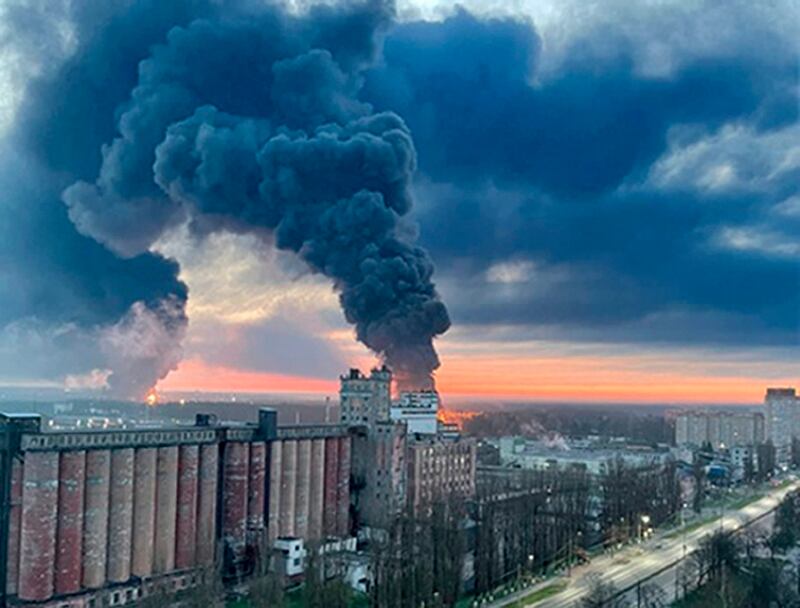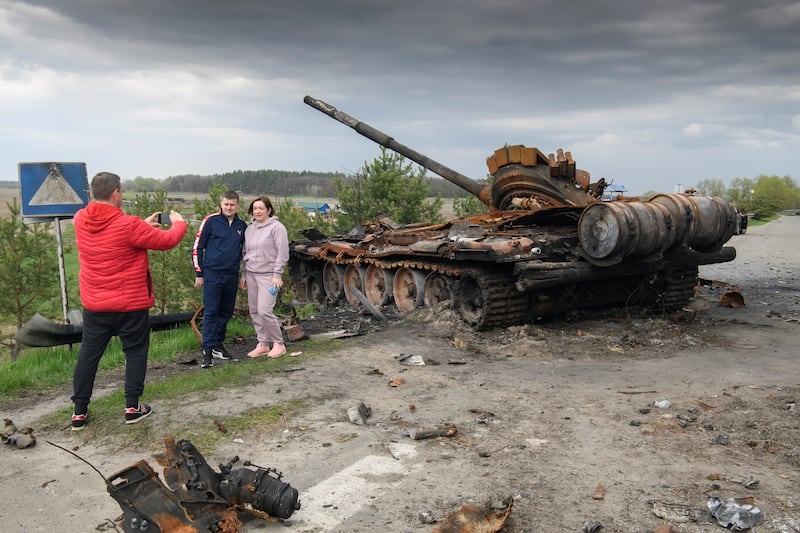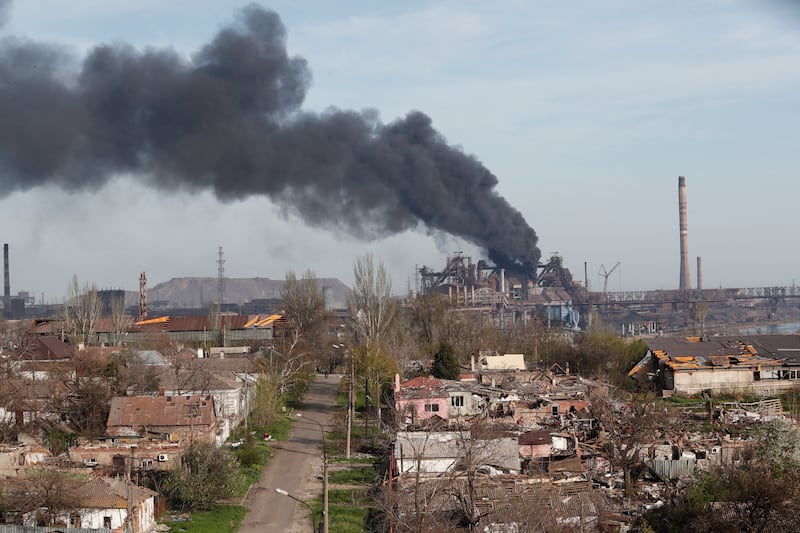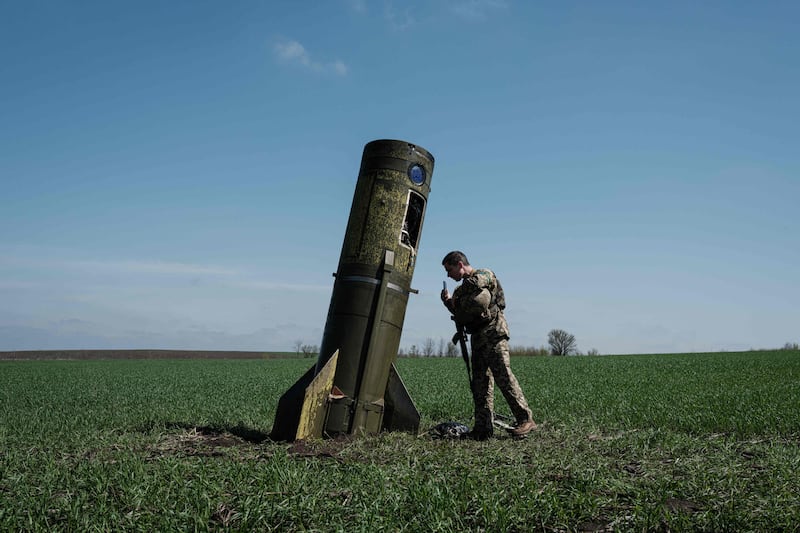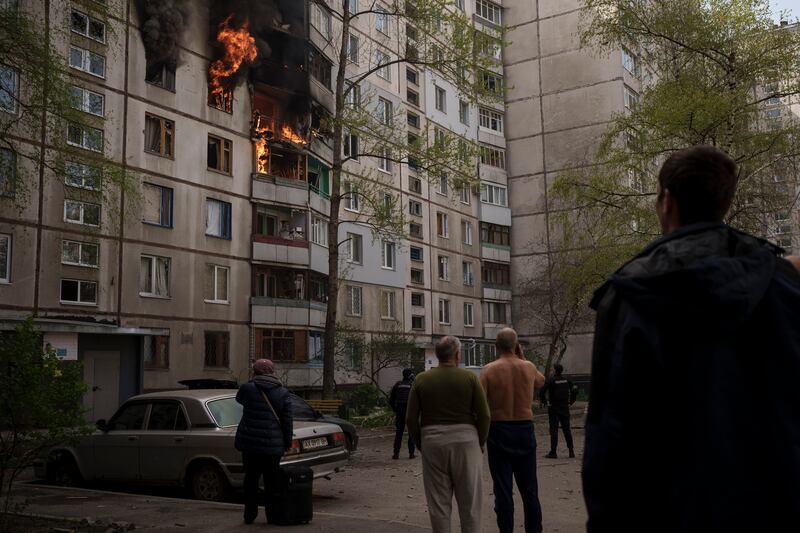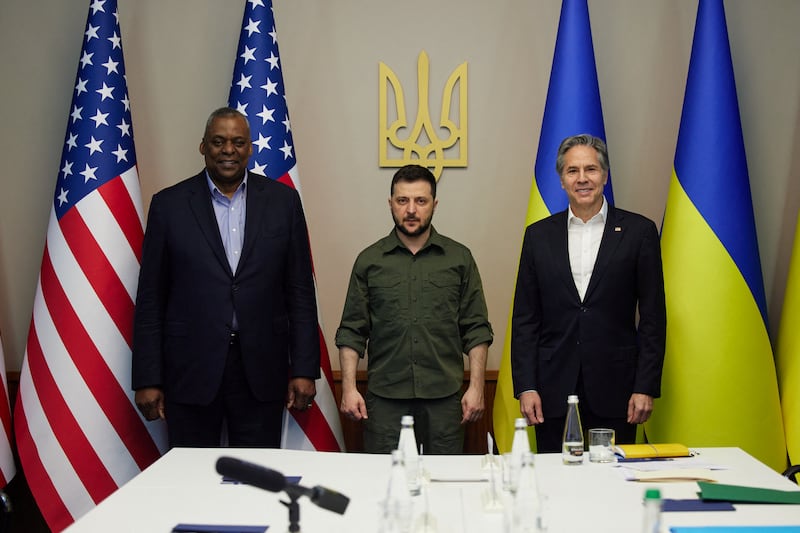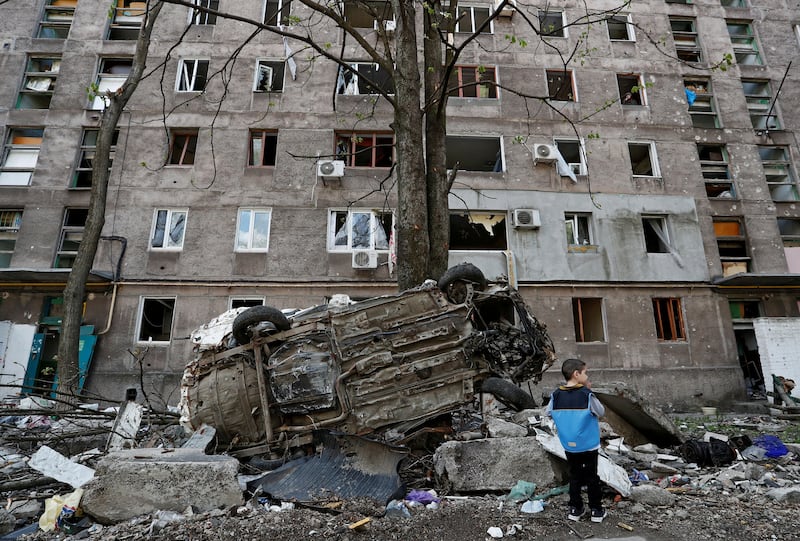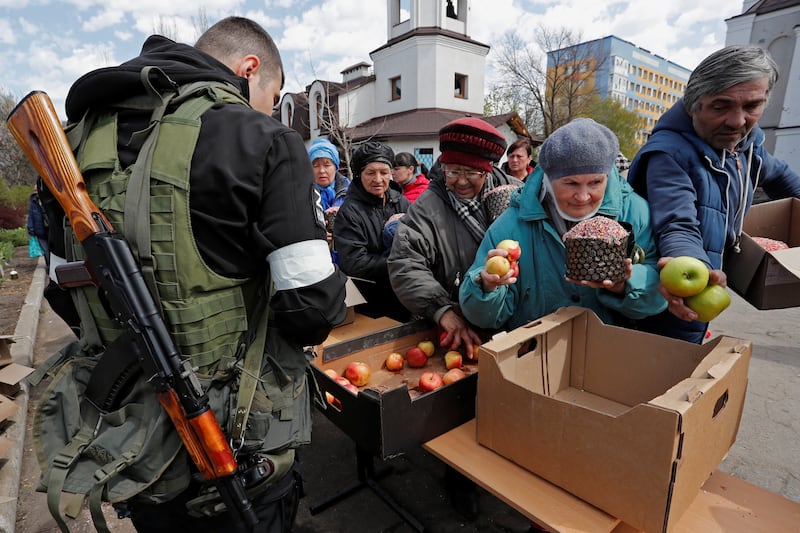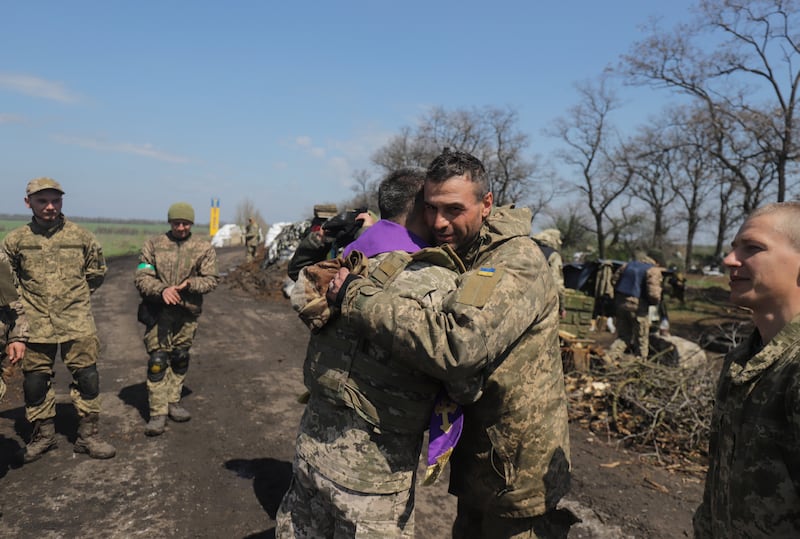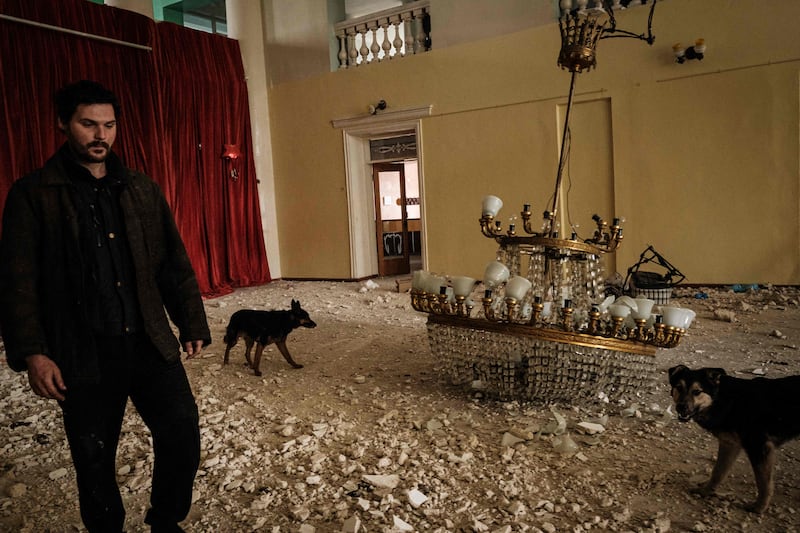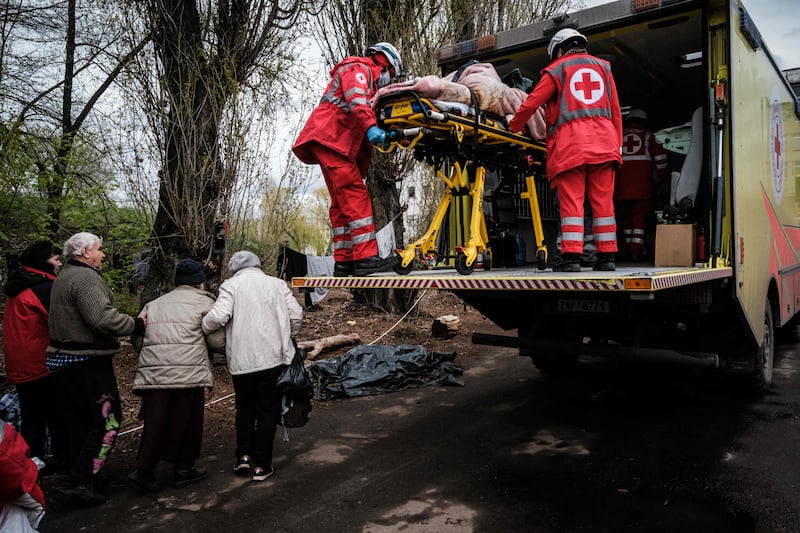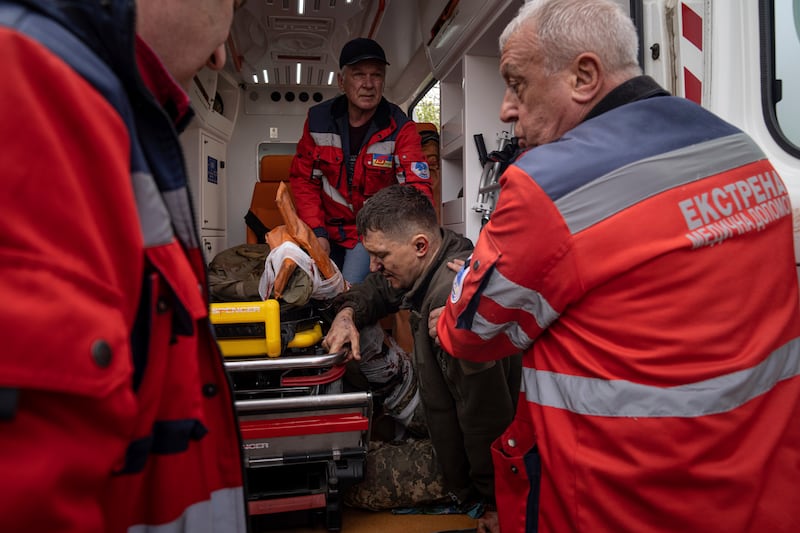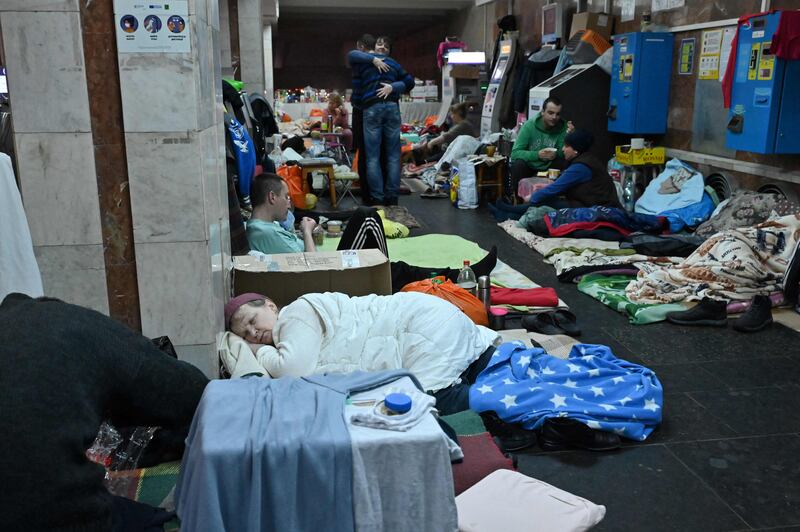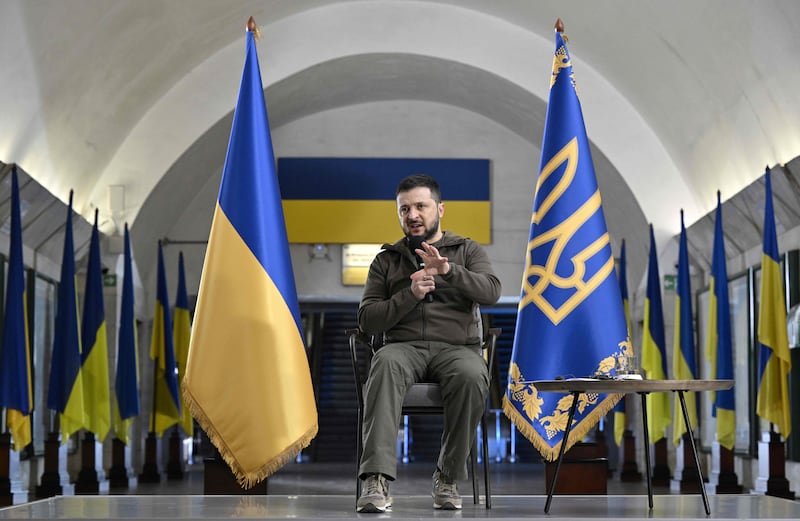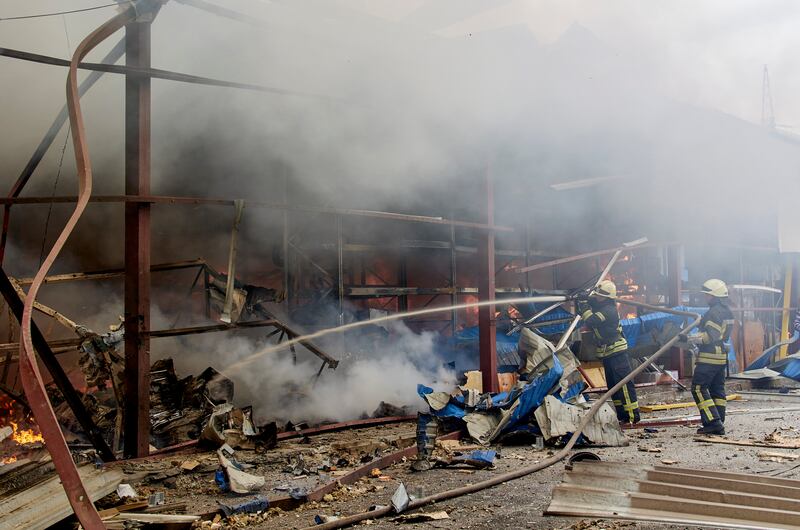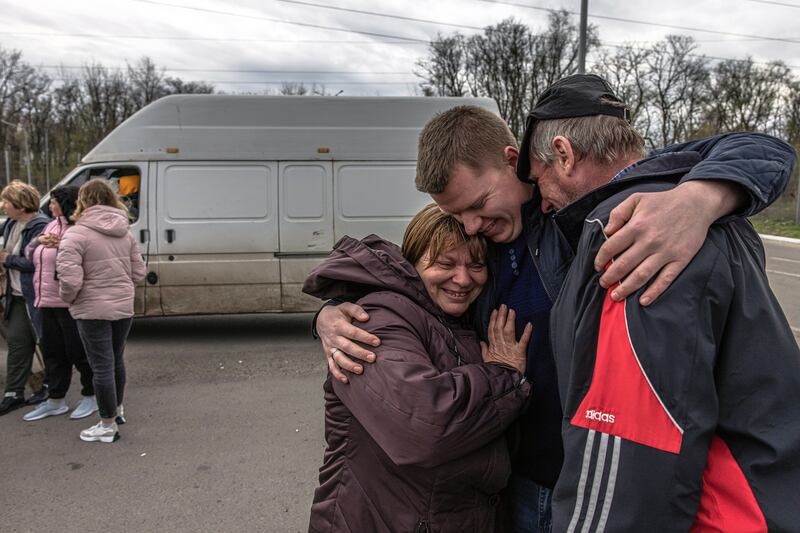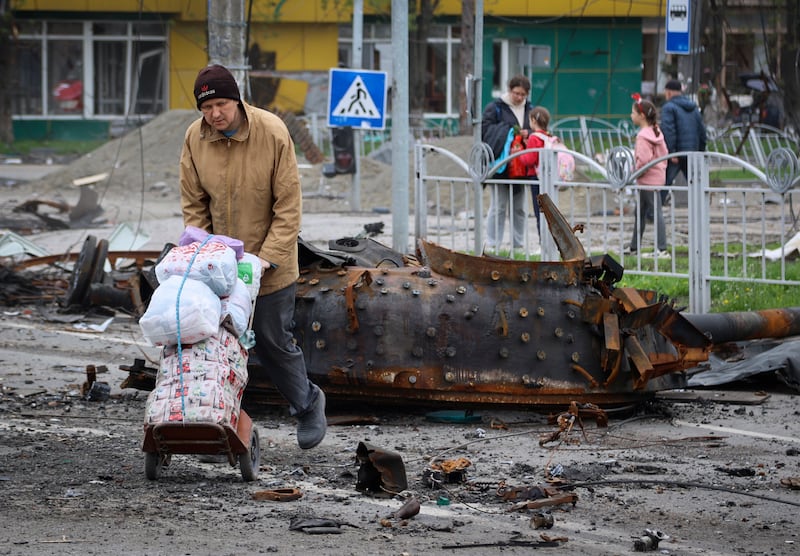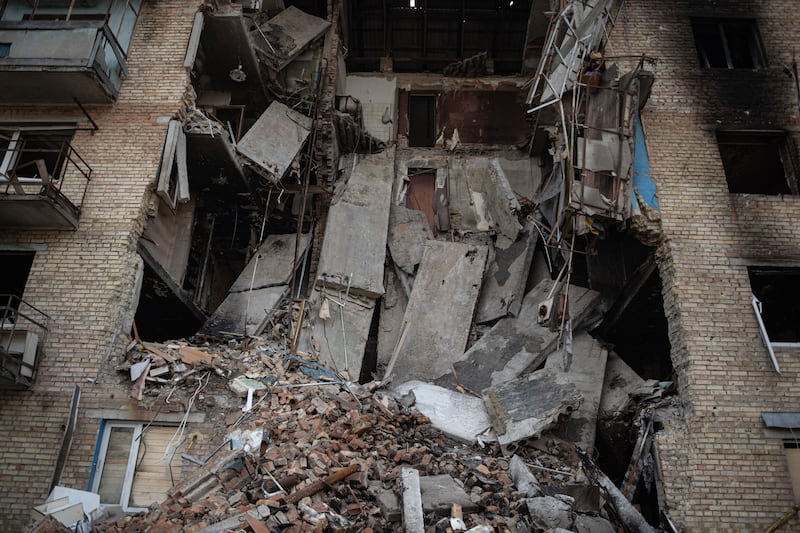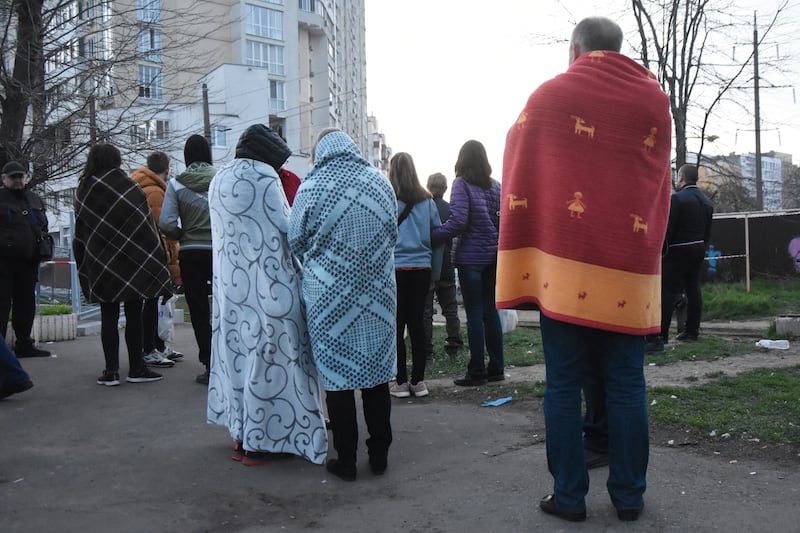The batteries of heavy artillery being sent to Ukraine could well blunt the growing Russian offensive but military researchers are also considering advanced weapons to strike against Moscow’s military might.
There are warnings that the vast array of weaponry entering the country from Nato powers could lead to confusion and waste, with calls for a more coherent plan.
The US Secretary of Defence Lloyd Austin was hosting a meeting of Nato defence ministers on Tuesday to discuss the coordination of weapon deliveries to Ukraine and other security issues.
Germany also demonstrated that it was stepping up its delivery of heavy weapons by confirming that was sending the Flakpanzer Gepard anti-aircraft systemsto Ukraine. The tracked weapon carries two 35mm Oerlikon cannons and a radar that can bring accurate heavy gunfire onto aircraft at a range of 5,500 metres.
But for now, it is the artillery pieces along with many thousands of shells that are trundling into the country from the US, the Netherlands, Poland, Britain and Czech Republic that could turn the tide.
The Russians have long called artillery the “God of War” and by concentrating their firepower in Donbas they can bring to bear a formidable firepower to remove Ukraine’s army from its well-dug-in positions.
In response, the Ukrainians are developing a new, agile method of counterattack using drones, radar and their own howitzers to retaliate with counterbattery fire.
If they can transport enough guns to the east in time, they may well make it impossible for the Russians to penetrate deep into Donbas.
It is relatively easy to train gunners on towed artillery pieces, making them ideal for the short-term. Hence the US is sending at least 90 M777 howitzers and 180,000 rounds. The gun, more recently used in the Afghanistan and Iraq wars, can send a 155-millimetre shell 24 kilometres with a well-trained, eight-man crew able to fire a steady rate of two rounds per minute.
More formidably, the Dutch are understood to be sending about 20 of their Panzerhaubitze 2000s to Ukraine that could prove significant. The tracked Pzh2000s can fire three shells in nine seconds and tolerate 20 rounds in two minutes. They are highly accurate and their rocket-booster shells can give them a range of 67km or 35km without.
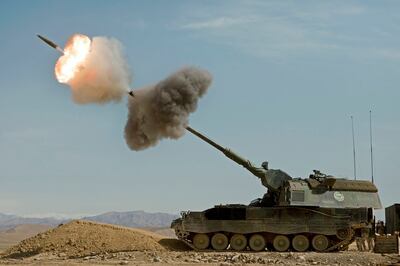
They were successfully used in Afghanistan, with one Dutch battery firing 4,000 shells during an operation and hundreds more in another in 2007 that killed 50 Taliban members.
“The key point Nato has to consider is, does it want to enable the Ukrainians to defeat Russia or just support them through to the end of their defeat by Russia?” said Sam Cranny-Evans of the Royal United Services Institute. “Being able to blunt Russia’s artillery advantage could prove particularly important. But there are concerns over the rate at which they're chewing through ammunition at the moment, they would probably be looking at new gun barrels every week or every other week.”
Artillery spotters
Key to thwarting Russia will be the ability to spot their guns once fired and bring down accurate counterbattery fire. The US is providing Ukraine with Firefinder radar that can rapidly detect and track incoming artillery, rocket and mortar fire giving crews the precise point of origin.
The more Firefinders the Ukraine can get – they are easily transportable by lorry – the easier it will be for their radar to track down Russian guns across the 400km front.
Ukrainian ingenuity has led to a rapid development in using Unmanned Aerial Vehicles to spot Russian targets. Traditionally artillery spotting has been a specialised task using camouflaged soldiers to adjust and direct shelling. But by adopting quadcopters or multicopters – often bought commercially – the Ukrainians have at times brought down devastatingly accurate fire.
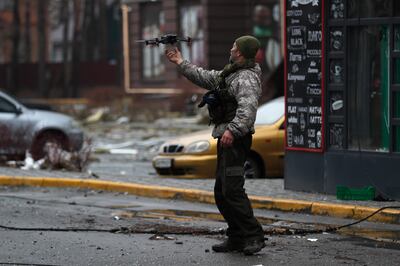
However, the greater distances and more open countryside in eastern Ukraine might require bigger drones with longer endurance.
“More of those platforms would be very welcome helping to ‘spot’ for Ukrainian artillery, but UAV-delivered munitions would also be a real force multiplier too,” said Nick Brown, a weapons specialist at Jane's Defence Weekly.
Nato could provide “smart” missiles specifically designed for small UAVs with “guided rocket and micro-munition options”, he said.
Some analysts believe that with the Russian forces now more concentrated and experienced after early setbacks, the Ukrainian use of their Turkish-built Bayraktar combat drones might prove less effective against their missiles and electronic jamming.
Intriguingly, “kamikaze drones” could prove most decisive in taking out high-value Russian targets such as surface-to-air missile systems, senior officers or radar sites.
The Americans have sent 400 Switchblade loitering drones but it has also been confirmed by the Pentagon that it will fly in 121 Phoenix Ghost drones, specially developed by the US Air Force for the Ukrainians in the past two months. When launched, the drones can “loiter” in the air, hunting for a target, then swoop down using their explosive warhead for the terminal attack.
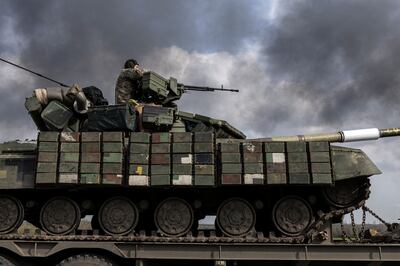
“These are potentially very useful,” said Justin Bronk of Rusi. “They can hunt down things from air defences to higher-end assets, because they're small enough to be very difficult to track.”
Tanks
The Ukrainians appear to have actually increased their stocks of tanks since the war began, with abandoned Russian T-72s replenishing their stocks. Poland is understood to have sent 100 additional T-72s and might also be supplying the Explosive Reactive Armour that protects against anti-tank missiles.
Again, the Ukrainians have used their tanks cleverly, combing them with infantry and other vehicles for attacks. Sometimes a single T-72 has caused enormous devastation.
Given the training time and maintenance required for modern Nato tanks such as the US Abrams or British Challenger-2, the Ukrainians are likely to rely on Soviet-era kit for now. However, Germany is providing tracked Marder infantry fighting vehicles, which will give good protection against artillery fire as well as an effective 20mm cannon.
Ukraine’s armed forces could benefit greatly from non-lethal equipment such as good night-vision goggles (NVGs), decisive for fighting in the dark.
“The Russian Spetsnaz special forces have a lot of NVGs and one thing about night vision is that if one side has it and the other doesn't then it is incredibly one-sided,” Mr Cranny-Evans said. “They take out an entire platoon with one sniper.”
Other simple things such as self-applying tourniquets could prove highly effective by stopping bleeding, potentially allowing wounded soldiers to return to the fight rather than dying.
It is likely that western powers are considering a number of high-quality weapons that could create real difficulties for the Russians.
The Israeli-made Spike missiles system – when mounted on a tracked vehicle called Exactor by the British – can strike targets with extreme precision more than 25km away. It was used to great effect in Helmand, taking out bombing teams and Taliban commanders.
Similarly, the US could supply the relatively straightforward Himars long-range artillery that can fire a salvo of six 1,670kg rockets up to 300km.
There is talk that the Norwegian company Kongsberg might supply its potentially deadly Blue Spear anti-ship missiles that with a range of 400km could dominate the Black Sea.
Nato will seek other weapons systems that will certainly seek to hurt Russia. The new inventory will provide a testing training and maintenance task for Ukraine but it could also save them from conquest.
